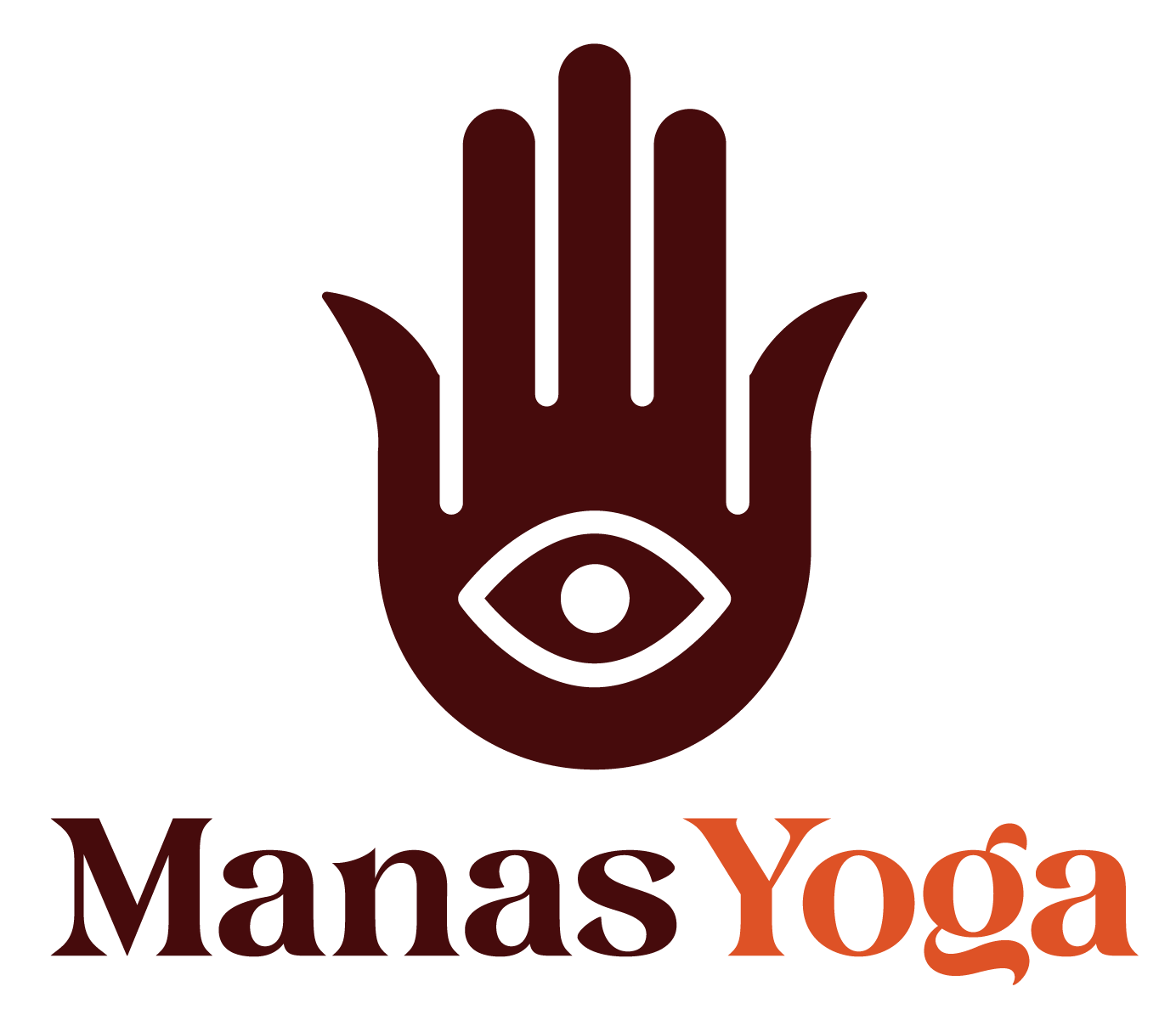What are the Maha Gunas?
In Samkhaya, one of the six classical schools of Indian philosophy – Vaishesika, Nyaya, Samkhya, Yoga, Purva Mimansa and Vedanta or Uttara Mimansa – the universe is divided into purusha or consciousness and prakriti or nature/matter. All Prakriti consist of the three energetic qualities known as the Maha Gunas. In living things these describes the natural tendencies of the mind and emotions that are the expression of the manomayakosha and vijnamayakosha. The unique expression of the gunas in each being gives him his identity. The three Gunas are ever in dynamic interaction with each other, one gaining dominance and then receding, collapsing into each other, always trying maintaining the overall balance. If we observe the Universe carefully, we will see the gunas in action all around us, the creation, sustaining, and the dissolution of all things living and nonliving, relationships, dreams, activities, everything rises, plays its life out, and then dissolves. This principle is a useful tool in analyzing and understanding the patterns of our thoughts and emotions, with direct application in our daily lives.
The three gunas are Raja, Sattva and Tamas:
Driven by desire, Raja revolvs around the feeling of needing or osing something, even to the point of becoming obsessed by it. If successful in attaining whatever it is that drives that desire, the mind will return to balance or a sense of calm, if not, it can potentially flip into restlessness or a fear of loss. Rajas involves excitement, passion, intense dynamism, stimulation and sometimes pushes the mind into a state of constant activity and agitation.
Sattva is the quality of insight, that is clean and transparent. In this state neither of the two other Gunas predominate. Filled with levity, clarity and tranquility, yogic philosophy describes this as our natural state. Because the mind is at ease, mental balance is not dependent on external factors, which in turn allows harmony.
Tamas reflects a confused mind that leads to indecision, lethargy and inaction. This is the feeling of not knowing what one is feeling or what one wants or needs. Because of this tendency, the behavior can become self-destructive or harmful to others. Tamas on the when not in excess, allows for calmness, relaxation and can restore energy through rest and sleep.
The interplay of these three elements can produce either balance or disharmony. Rajas and Tamas exist in this dual universe as both a positive and a negative state. The Rajas of action and the Tamas of rest are essential for the world to function. Sattva exists only as itself, it is neither positive nor negative, like the Divine qualities of Truth and Love. A healthy balance in life involves all three. With each predominating at the appropriate time. Without tamas, we would never sleep. Without rajas we would never move. Without sattva we would never calmly shine forth in the world.
We can become more conscious of the balance of our gunas by paying attention to the tendencies that arise while practicing yogasana. By being attuned to the sensation in the physical body, and consciously moving prana with the breath, we can unite body-breath-mind in a way that directly affects the manifestations of the gunas.
In this way we have to be more self-reflective in our yoga practice. We need all of our maha gunas, and understanding our primary guna and how it relates to our predisposing dosha is a powerful way to achieve health, balance, and well-being in every aspect of our life. That’s what I’ll be talking about in my next blog.
Until then, to your enduring health and happiness.
